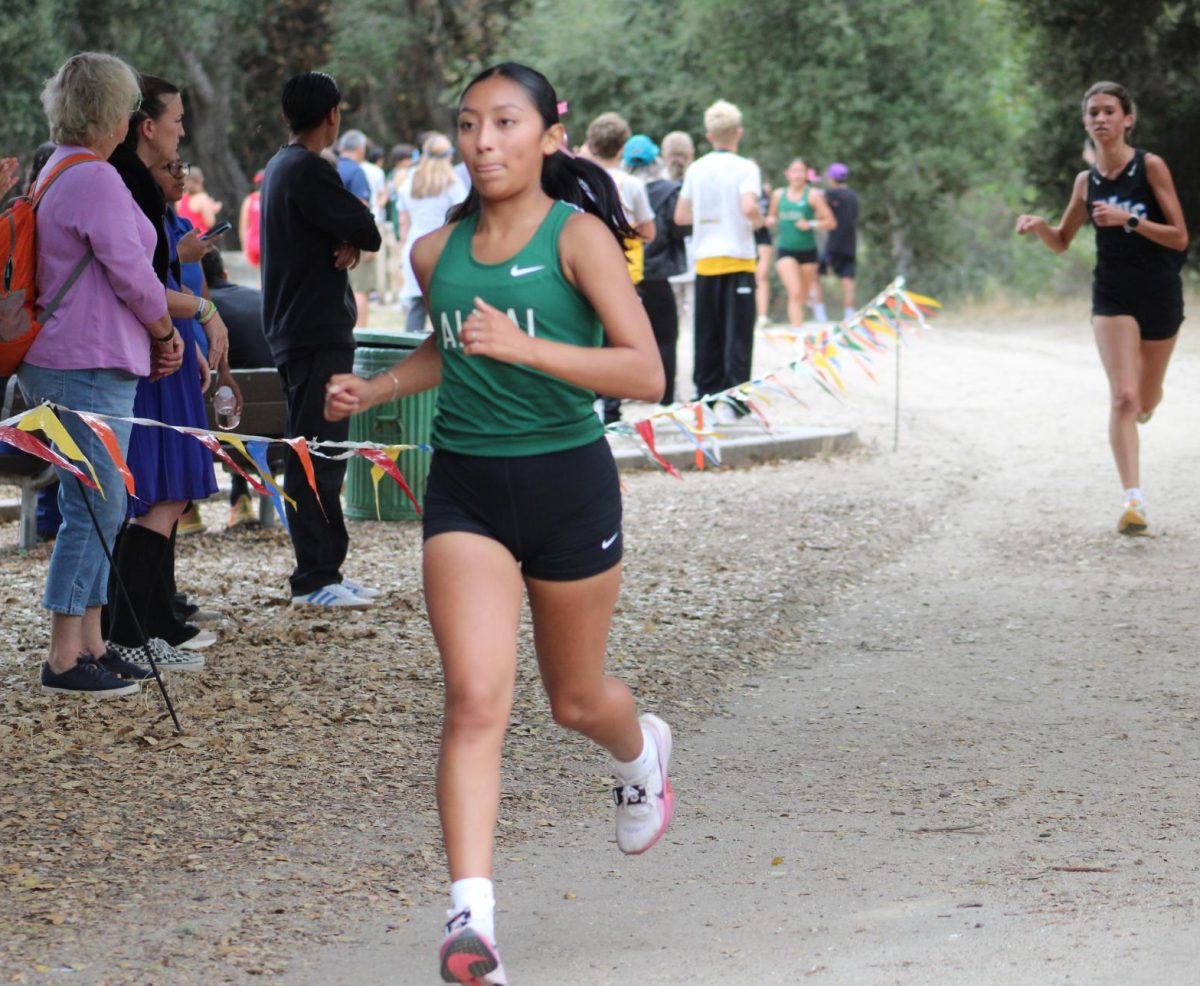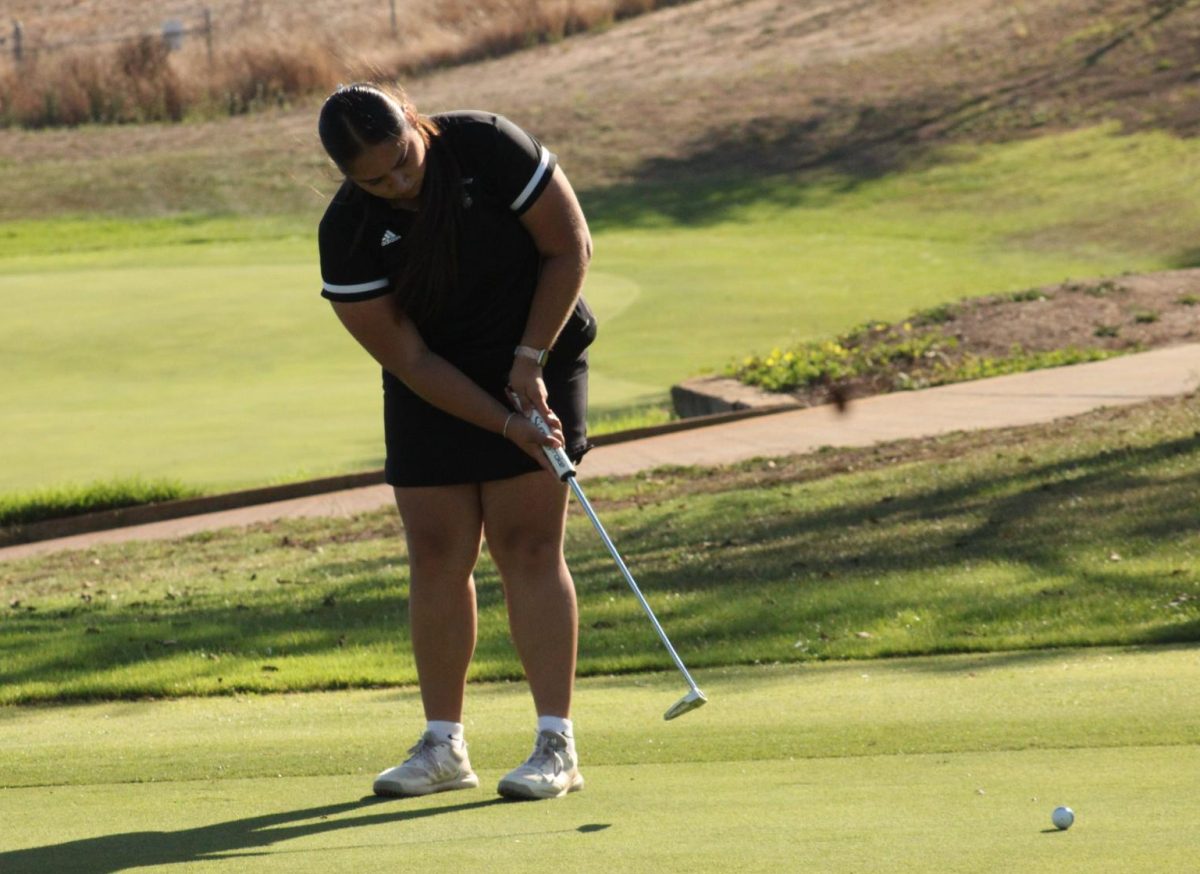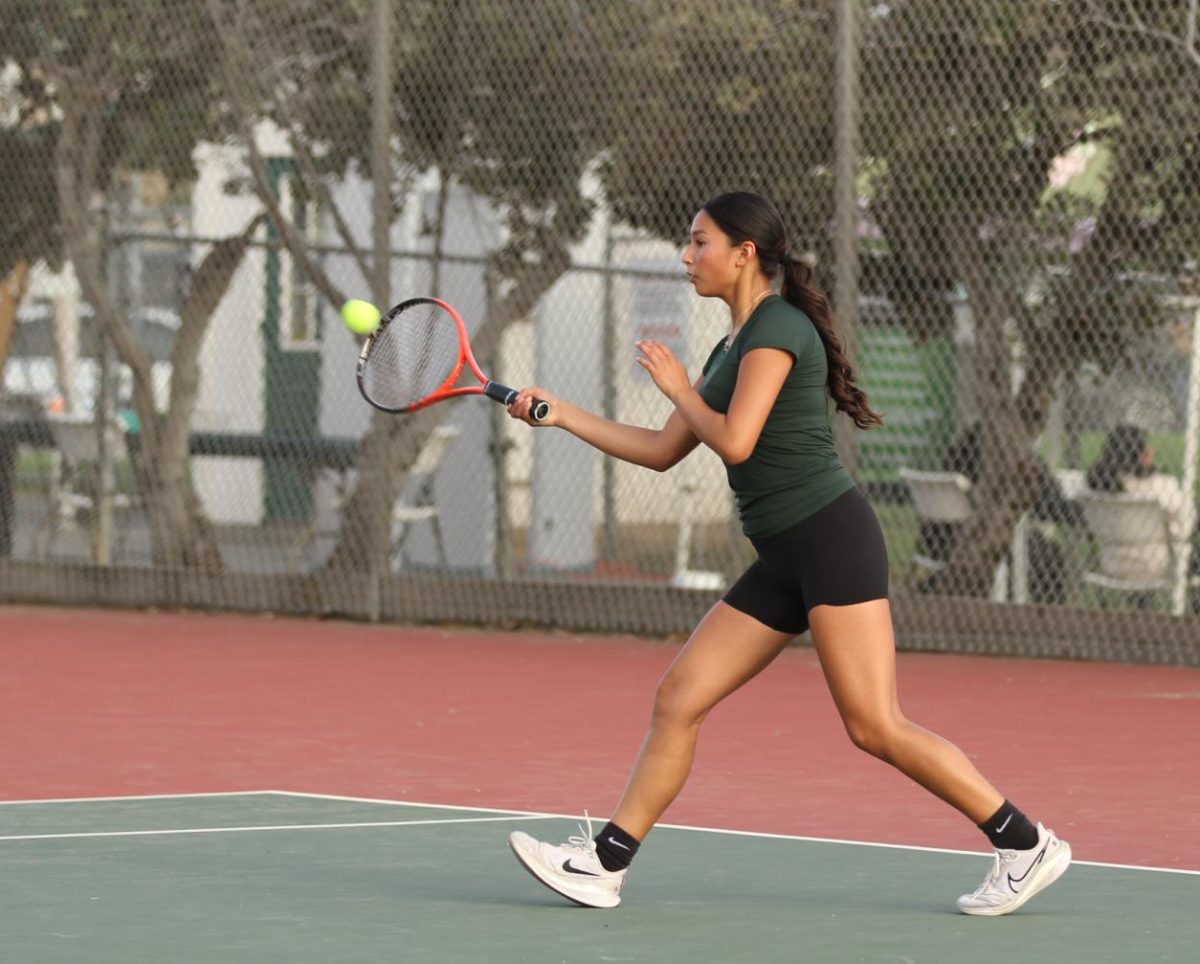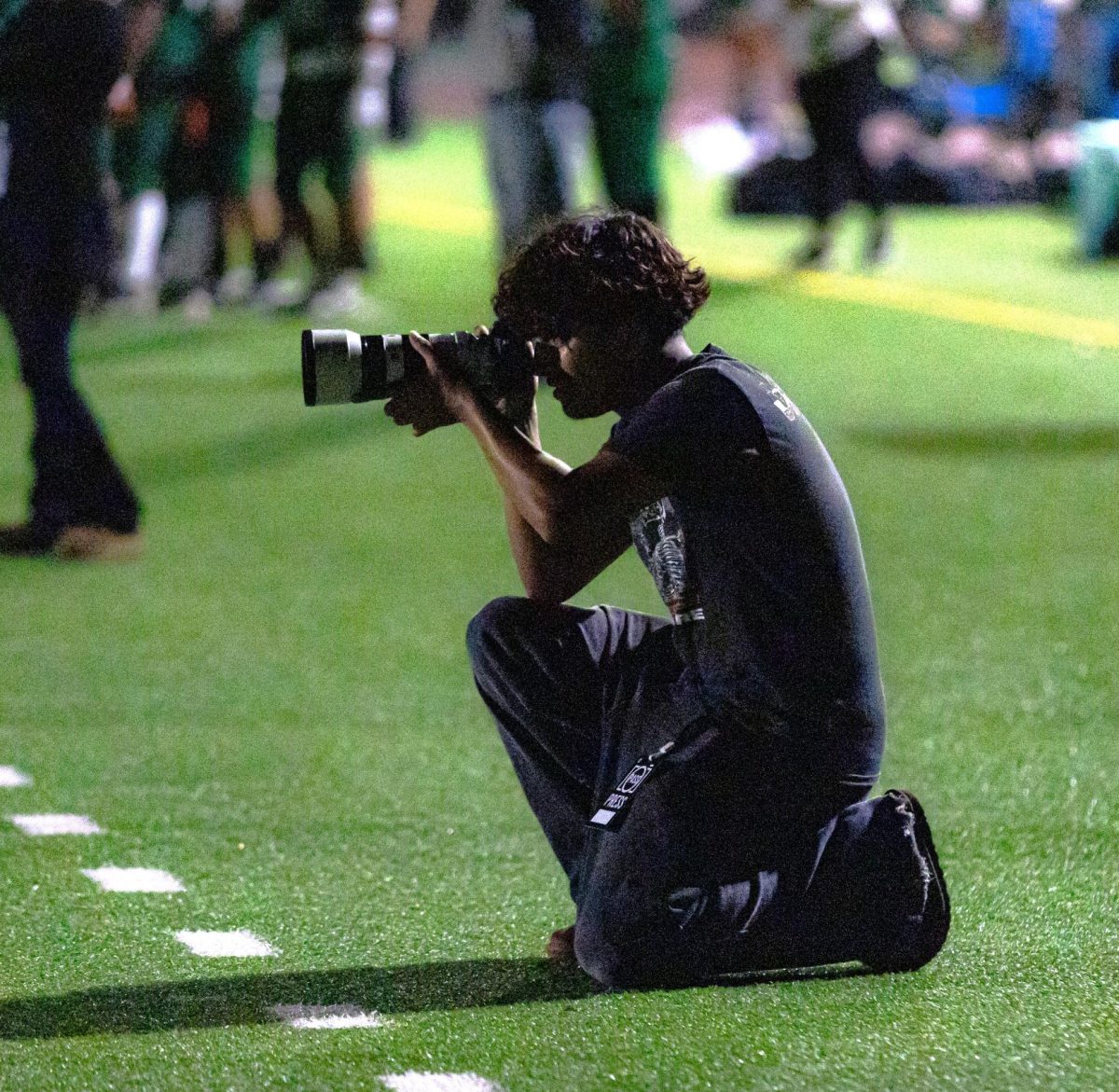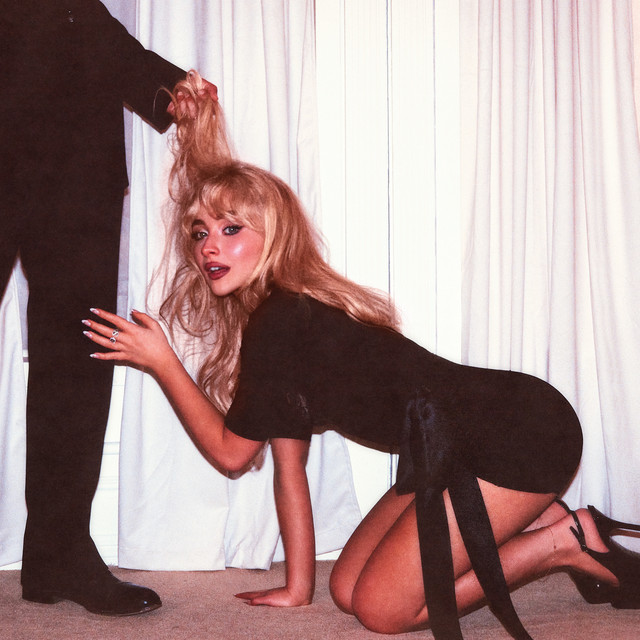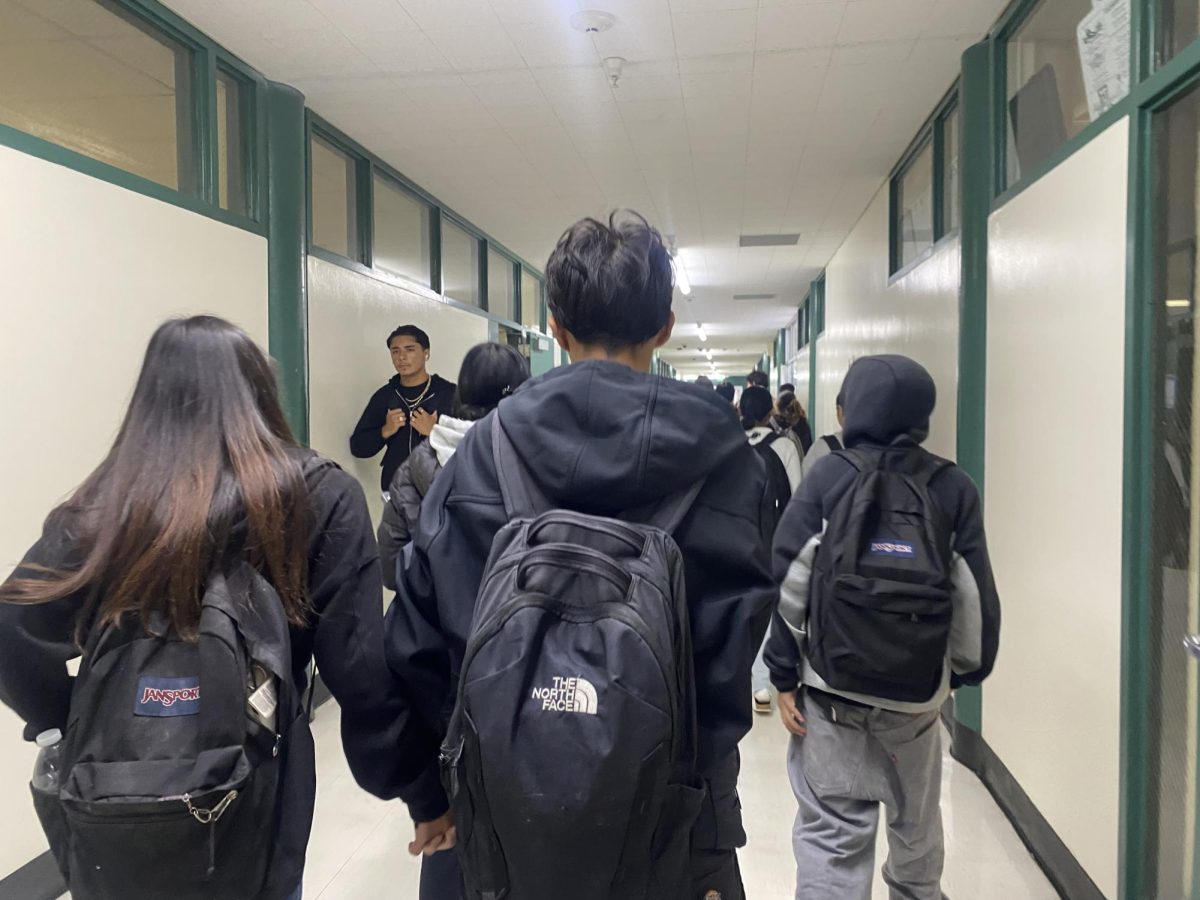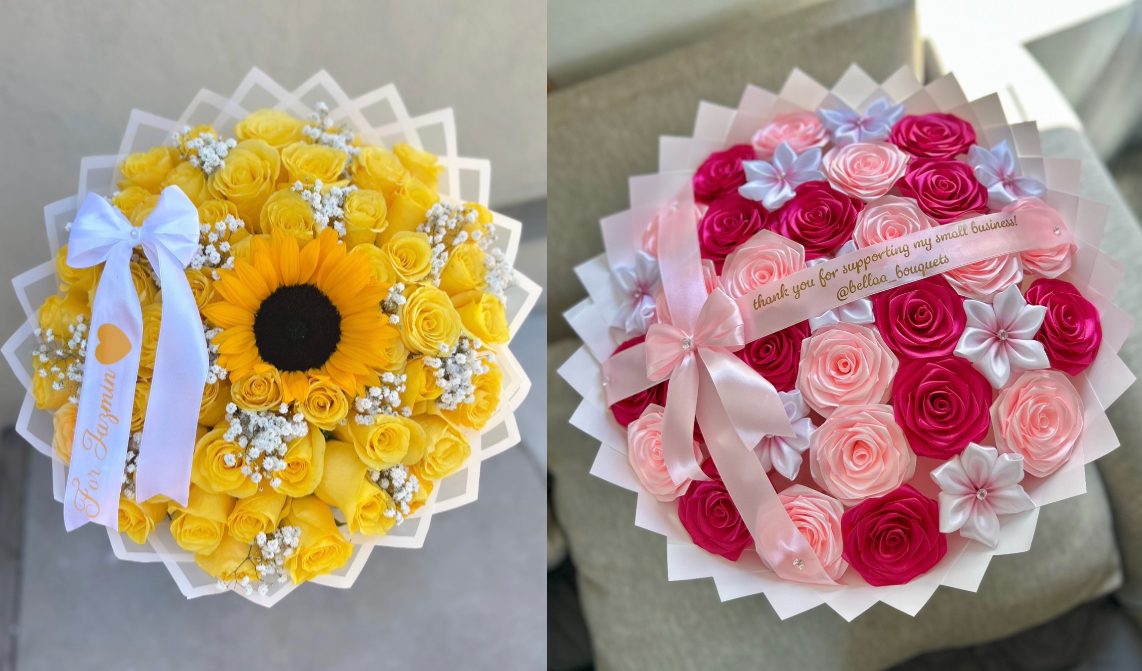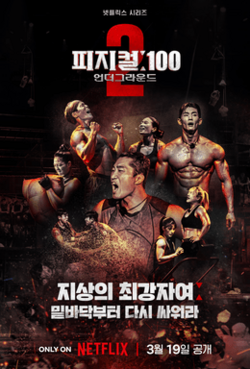
Many people aim to become stronger versions of themselves, physically and mentally. Whether they join a sport and aim to become a pro or even just going to the gym everyday and training intensely; they all hope to achieve some sort of contentment for their hard work.
Physical: 100 is a Korean reality competitive show that aims to give one of 100 contestants the chance to prove themselves. Throughout the show they go through 5 individual and team quests (challenges) that test their strength, agility, willpower and strategy. The last contestant remaining gets to prove themselves as the strongest man or woman and grab a 3 million won reward (around 240 thousand usd).
I first started watching Physical: 100 after my girlfriend recommended it last year. We are no strangers to competitive reality shows having watched a few others like The Trust, The Final Table, Squid Games: The Challenge, and Glow Up so we knew this would be something we would enjoy.
At the beginning of the first season, the contestants are shown walking into a big dark room one by one. Spread out throughout the room are 100 ceramic torsos on individual stands. As the contestants enter the room they find and stand behind their own ceramic torsos.
I was initially drawn to the show’s plot, having people compete against each other to see who’s the strongest. I wondered how they would be able to showcase 100 competitors’ skills. The show claimed to be a competition of strength regardless of gender, age, and race. Although I came in with the hopes of seeing various female and different race representations, I was soon let down when I realized not even 25% of the contestants were female and even fewer were a different race.
With the conclusion of the first season, I was looking forward to the next season that was set to release in the upcoming year. I was hoping they improved their representation because you can’t really consider someone the strongest person if it’s just Koreans competing.
Ultimately I was disappointed to see that very few women participated in the competition. It seemed to me that the women were seen as deadweight instead of as a team member. There were only a few more women than last season but the total amount didn’t break 30.
There was also a lack of diversity in terms of race, which I also found contradicting because of its intro. Both seasons started with a voice over saying, “We are here to determine beyond age, beyond gender, and beyond race, who has the most perfect physique of all.” There were only a few non-Korean contestants and although I know it takes place in Korea, they shouldn’t market as having diversity if they really don’t.
Despite these issues I really enjoyed the show. I felt as if the anticipation prevented me from stopping the show. One of the things I really liked about this show was the diversity in careers. Season two had National players competing against a high school wrestler. There were also gymnasts, models, kpop idols, and bodybuilders in the mix. It was really inspiring to see everyone give it their all.
Season 2 had a total of 5 quests, 1 prequest, and 1 redemption round. Each quest is as hard as the one before. The quests had challenges like carrying 1.2 tons of cargo from one location to another, doing a one on one wrestling match, and various endurance tests. Although the show had equality in the quests, I felt as if equity was needed more. Equality is giving the same challenges to all contestants while equality would be accommodating the quests to each contestant’s needs. This was done in the final quest and one of season one’s quests where the contestants had to carry their ceramic torsos that weighed 40% of their body weight. I feel like this was a fair quest and made it easier for the people who weighed less. I would’ve liked to see this more instead of seeing shorter contestants struggle with many of the challenges.
Overall, I really enjoyed the show. Despite being a competitive show the contestants showed their sportsmanship when helping the weaker players. In the third quest one of the solo players could not push the cart any longer despite being a few meters away from the finish line. The other two players had managed to push theirs the whole way and instead of watching their competitor struggle, they joined together to help push the cart. The show had many other wholesome moments where the contestants praised and admired each other.
Another thing I liked about the show was the ceramic torsos. Although shattering the torsos meant destroying their pride and egos, they managed to see it as a way of rebirth. If they failed to win with their current physique they promised to push themselves to grow. Some contestants would even hug their physiques before shattering them.
As mentioned before (and often discussed online) Physical 100 has a lot to improve when it comes to diversity and equity. The challenges show some form of equality by giving both the male and female contestants the same quests, but many of these challenges are made with a tall muscular male body in mind. I wish that they’d realize this and make more challenges similar to the first round of quest 5 where they each had to hold 40% of their weight. This way it would be a similar struggle between the contestants.
At the end of the season, Physical 100 teased a third season ‘Physical 100: Asia’ and I hope they take the criticism to make an even better season. I would give this show an 8/10, despite my comments it was still a good show and did well in keeping the viewers on their toes. The contestants’ goal of proving their hard work was emotional which I really liked. I will definitely be anticipating a new season.

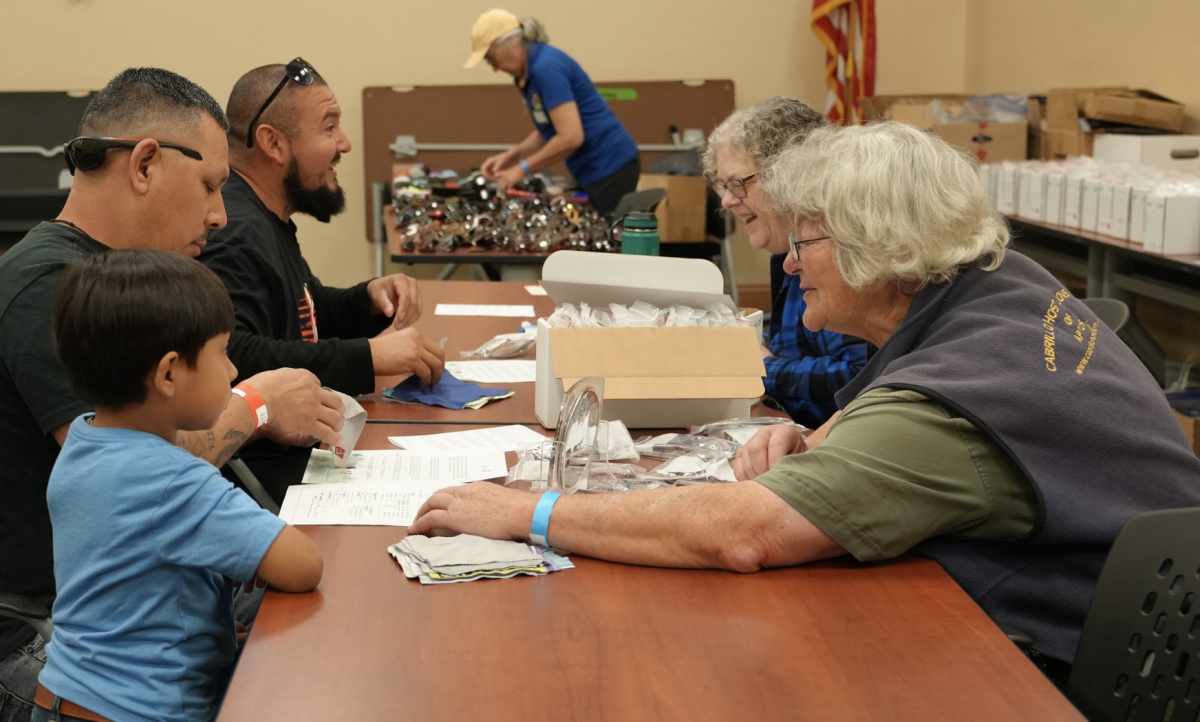
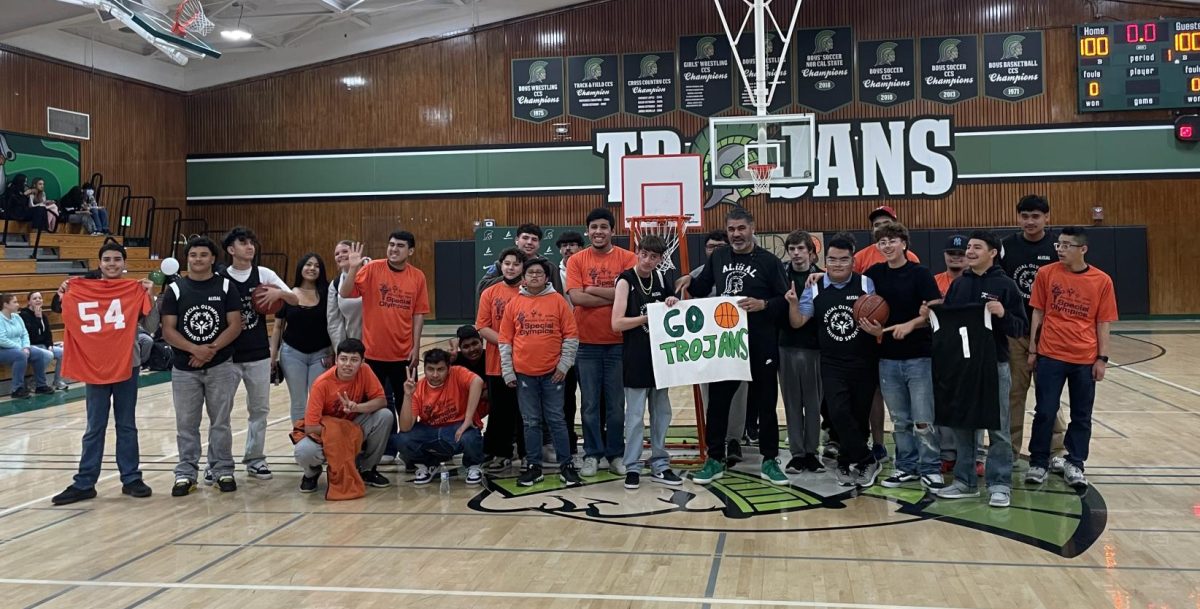

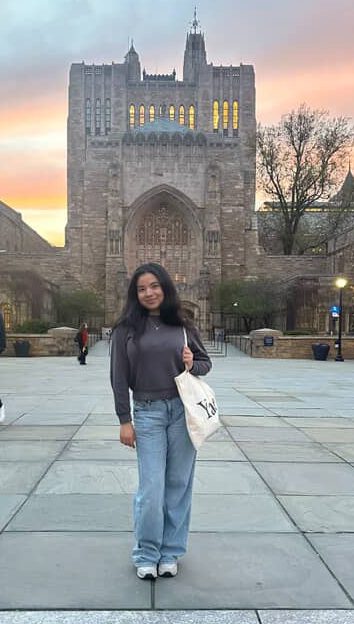


![Senior Jayden Duarte dives across the goal line for one of his five touchdowns in a dominant 62-40 victory over Monterey. It has been a highly successful season for Duarte, and he credits his coaches for putting him in positions to succeed and make key plays. “The goal is to help wherever the coaches need me, receiver, running back, [and] DB,” he said.](https://alisaltrojantribune.com/wp-content/uploads/2025/10/IMG_3599-2-1200x800.jpg)
